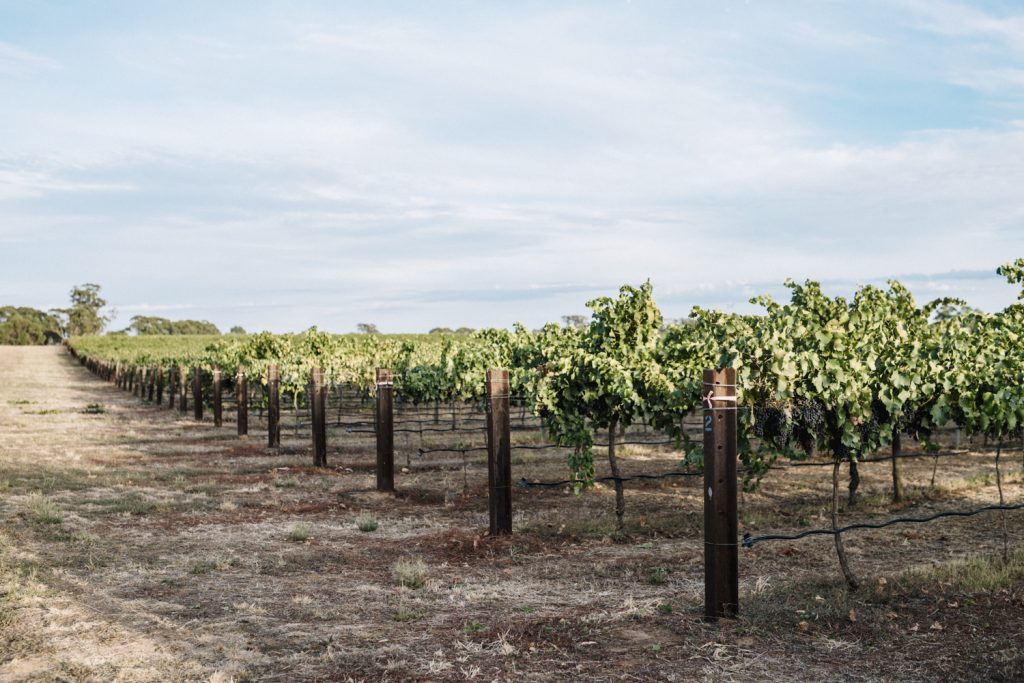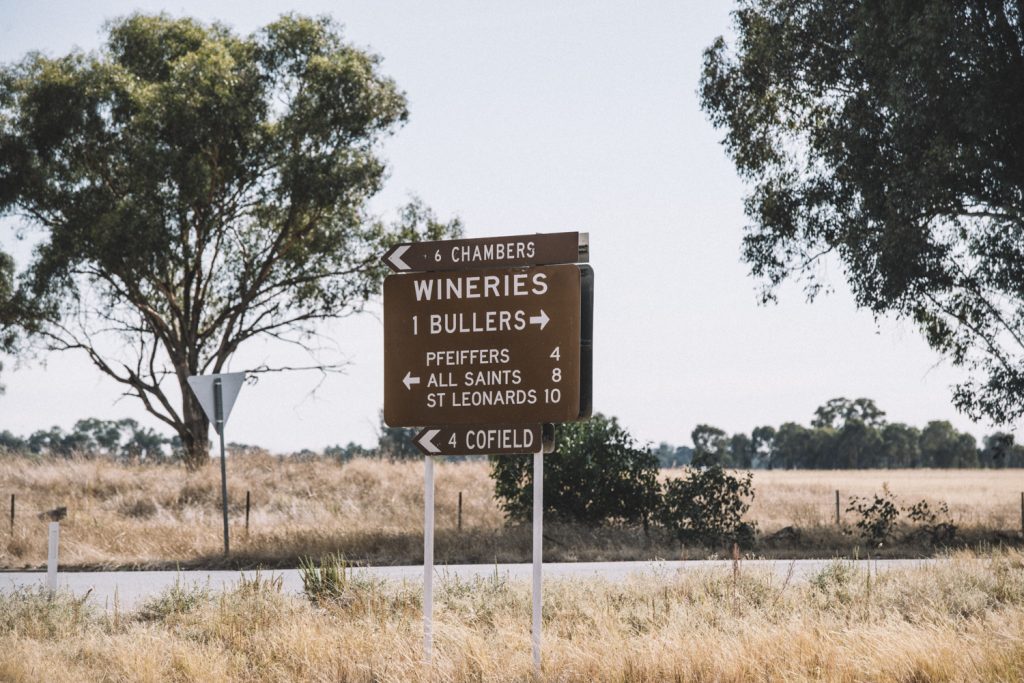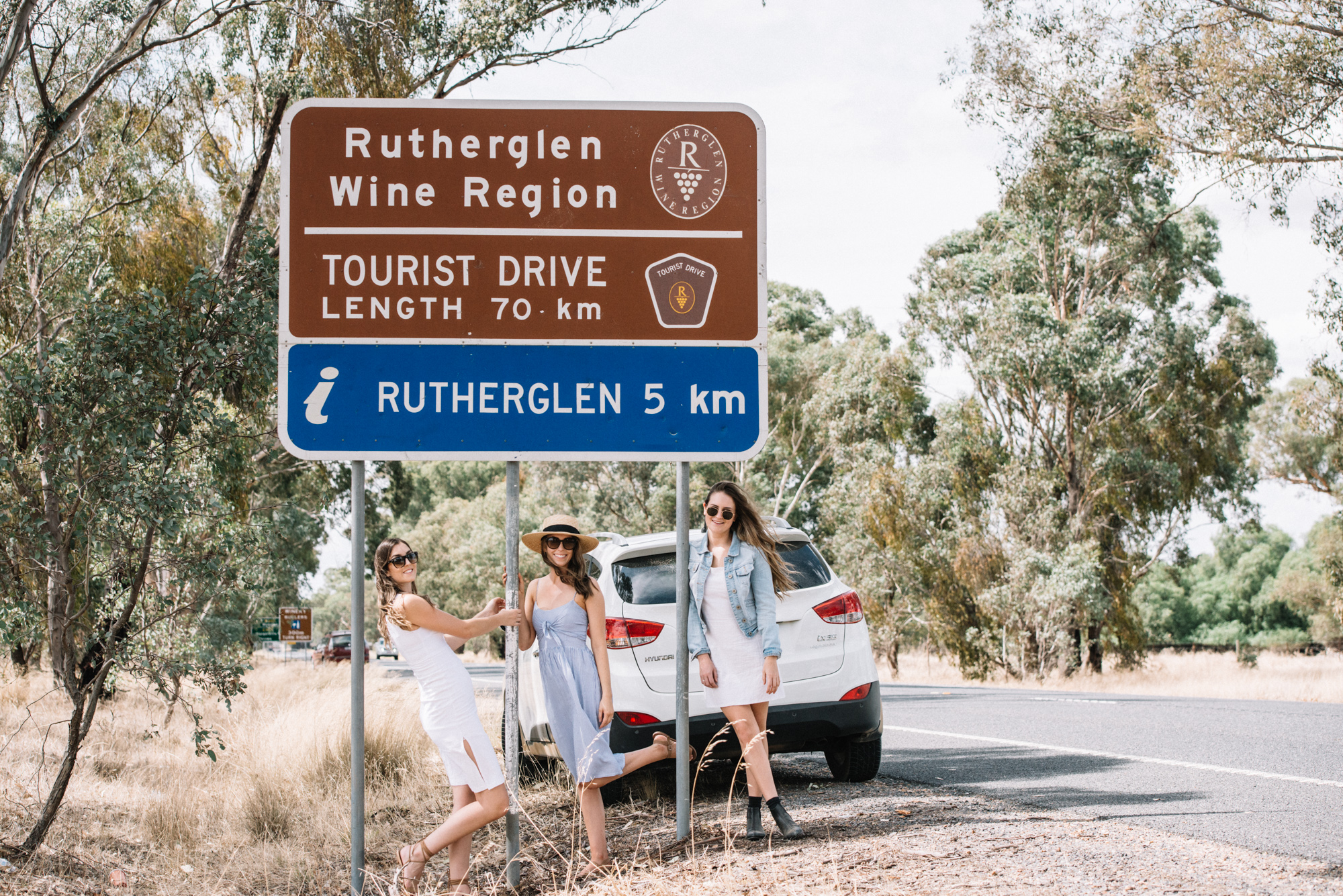For some people, summer means warm temperatures, long days and carefree vibes. But for our vignerons, summer is hard work.
After they prune and prepare the vineyards through the winter and spring, winemakers must shepherd grapes to the finish line. They pull leaves and drop fruit, monitor for diseases and pests, and protect against weather hazards.
Summer sets the stage for vintage.
The vines go through the critical stages of fruit set, veraison (the onset of the ripening of the grapes) and ripening.
As spring turns to summer, flowers develop a seed and grape berry. This phase, fruit set, establishes the amount of crop the vineyards will yield, and the amount of wine they will produce.
The vine’s berries are small, hard, and green. High in organic acid, they have little sugar. Summer’s heat triggers the grapes to ripen, much like cherries and blueberries. As a grape’s glucose and fructose increase, acids levels drop.

During this time, tannins (a group of bitter and astringent compounds) and other phenolics increase until the grapes have reached optimal ripeness, which is the ideal balance of sugar and physiological or phenolic ripeness.
Of crucial importance over the summer months is vineyard management, with tasks such as preventative mildew spraying, fertilization and shoot thinning and positioning occur from spring and well into summer.
Canopy management is the complex process of balancing sunlight, shade, and air circulation around fruit clusters. Leaves shade fruit and protect them from heat and sunburn.
However, vigorous leafy growth can create too much shade and stifle air flow. This can foster mildew, mould, and other diseases.
Leaf removal and positioning shoots offers balance for optimal ripening and airflow. Canopy management has been in full swing at Warrabilla where this year they’ve been hedging the vines and leaves back significantly to let heat and sun in and improve airflow.

Over at Jones Winery & Vineyard there’s been lots of wire lifting and shoot tucking to vertical position shoots for aeration of the canopy to keep lots of air flow around the grapes as well as trimming to keep the growth under control.
Technology can also play its part, as it has done recently at Warrabilla where they’ve made a significant investment in an electro-static spray unit which delivers a much finer spray mist and creates an electrostatic field that draws the spray back to the underside of the canopy.
It effectively means greater coverage and penetration of preventive spray applications which reduces chemical usage by about half.
It’s also the time of year where birds can cause considerable damage with the team at Jones saying, ‘when the grapes start to go through colour change, we will be getting out the bird netting’.
So, plenty of challenges as we approach vintage in Rutherglen but rest assured, our winemakers wouldn’t have it any other way.
